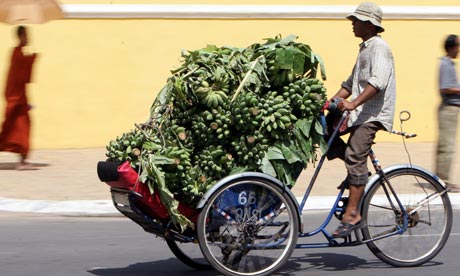Japanese company fined $200 million
A Japanese electric company will pay a $200 million fine and three of its executives are to be jailed for alleged price-fixing and bid rigging in the US auto parts industry.
The US Justice Department accused the executives at Furukawa Electric of rigging bids and maintaining prices for car harness wire sold in the US for over a decade.
Acting assistant attorney general, Sharis Pozen, said the Federal Bureau of Investigation will probe other firms suspected of involvement.
"As a result of this international price-fixing and bid-rigging conspiracy, automobile manufacturers paid noncompetitive and higher prices for parts in cars sold to U.S. customers,'' Ms Pozen said.
''This cartel harmed an important industry in our nation's economy,'' she added.
An automobile wire harness is an electrical distribution system used to direct and control electronic components, wiring and circuit boards in cars.
Please link original source here
.......................................................
Law Journal of Cambodia(LJC) is a non-political and independent team who volunteer working for disseminating laws and informaton regarding development and human rights situation in Cambodia. All comment or idea of LJC cannot be claimed in front of court and other purpose. LJC just provide ways for people to understand the context of law and other issues. LJC wants people to understand the law and live in peaceful means. If you need inquiry, please drop your e-mail to cambodianlawjournal@gmail.com. Welcome all comments on this blog




